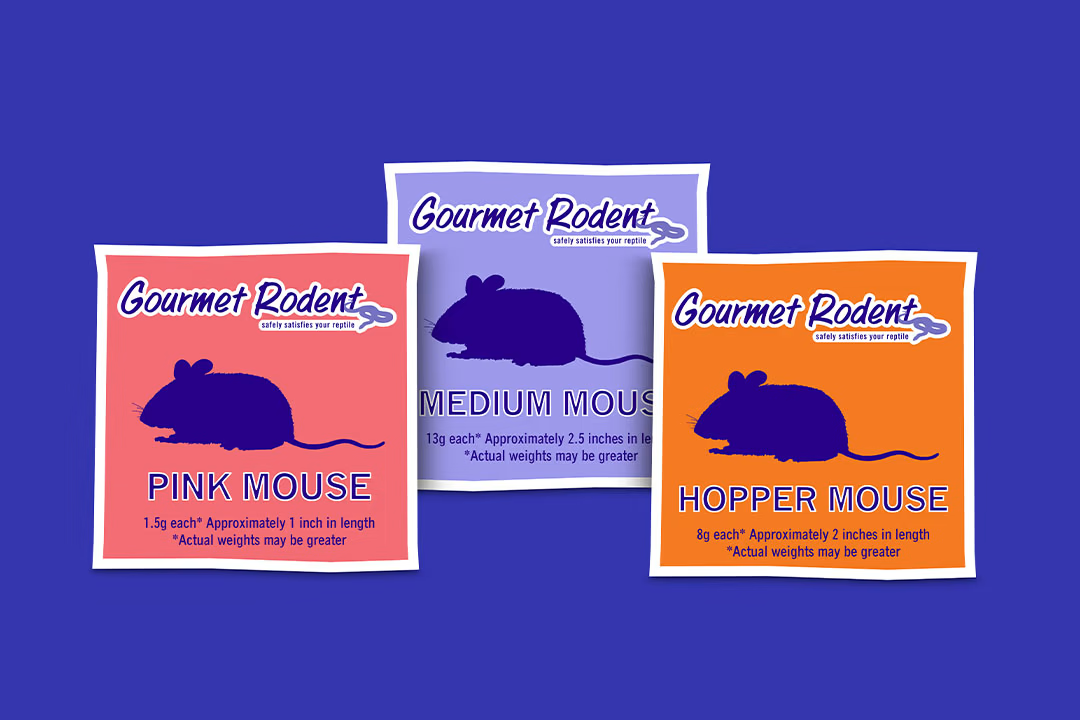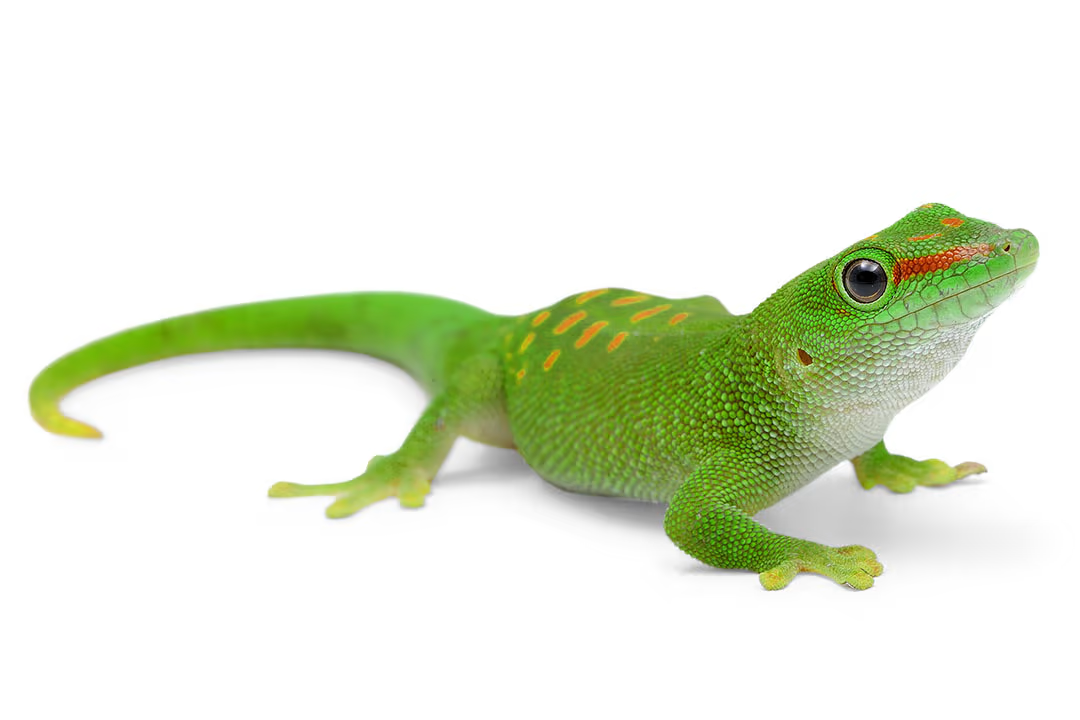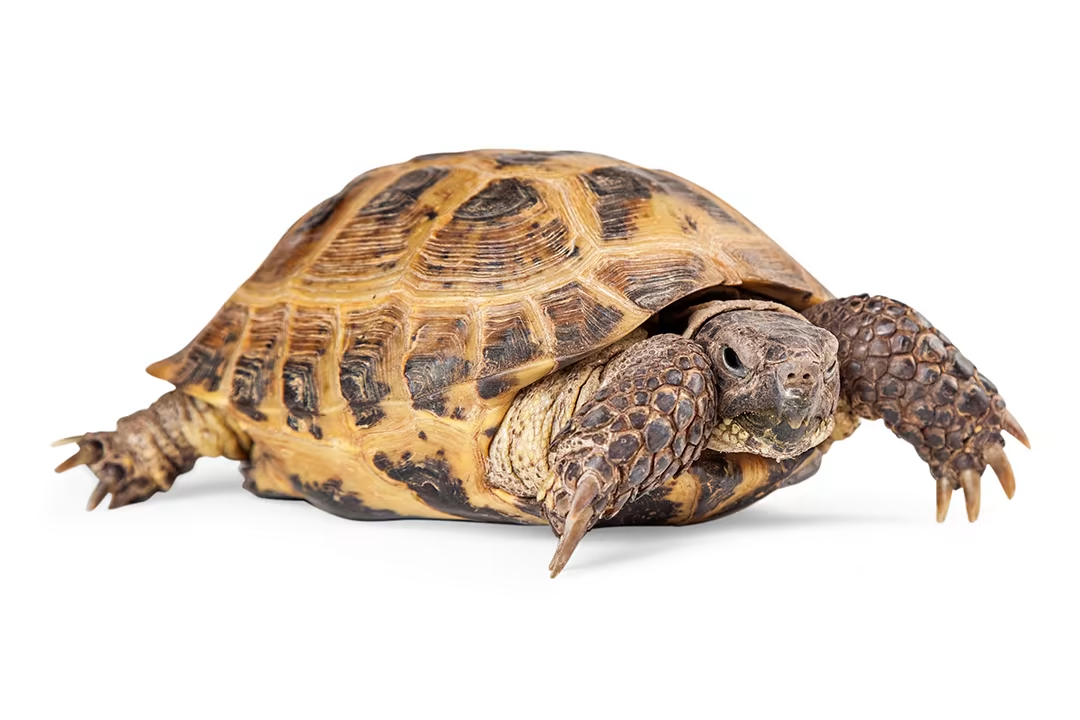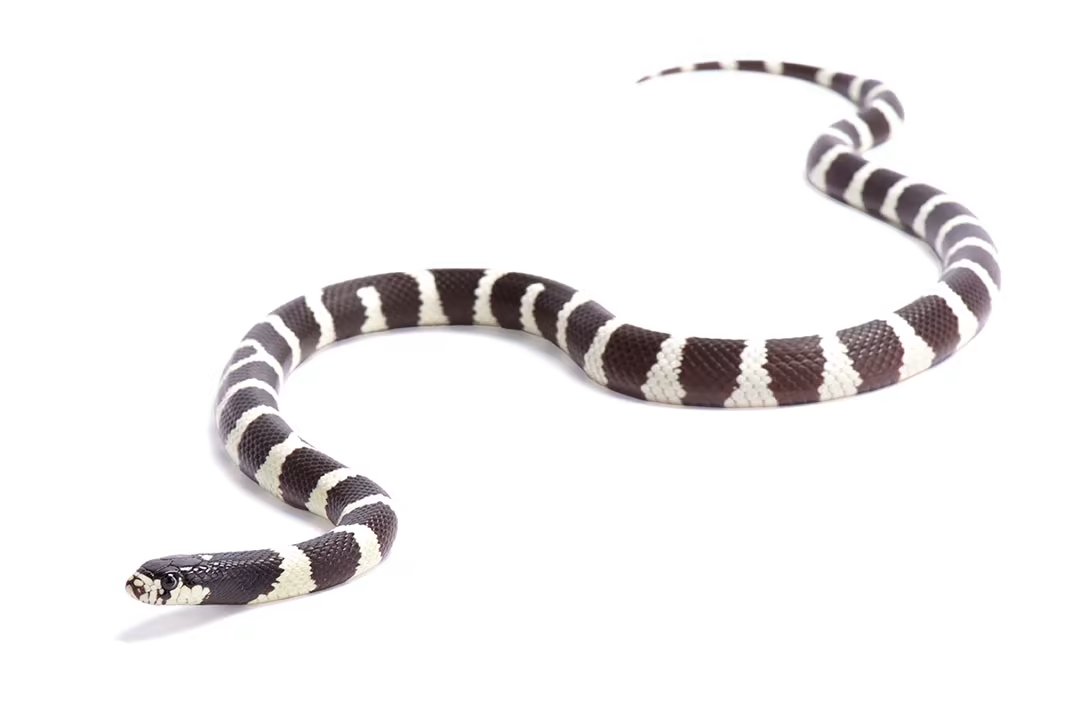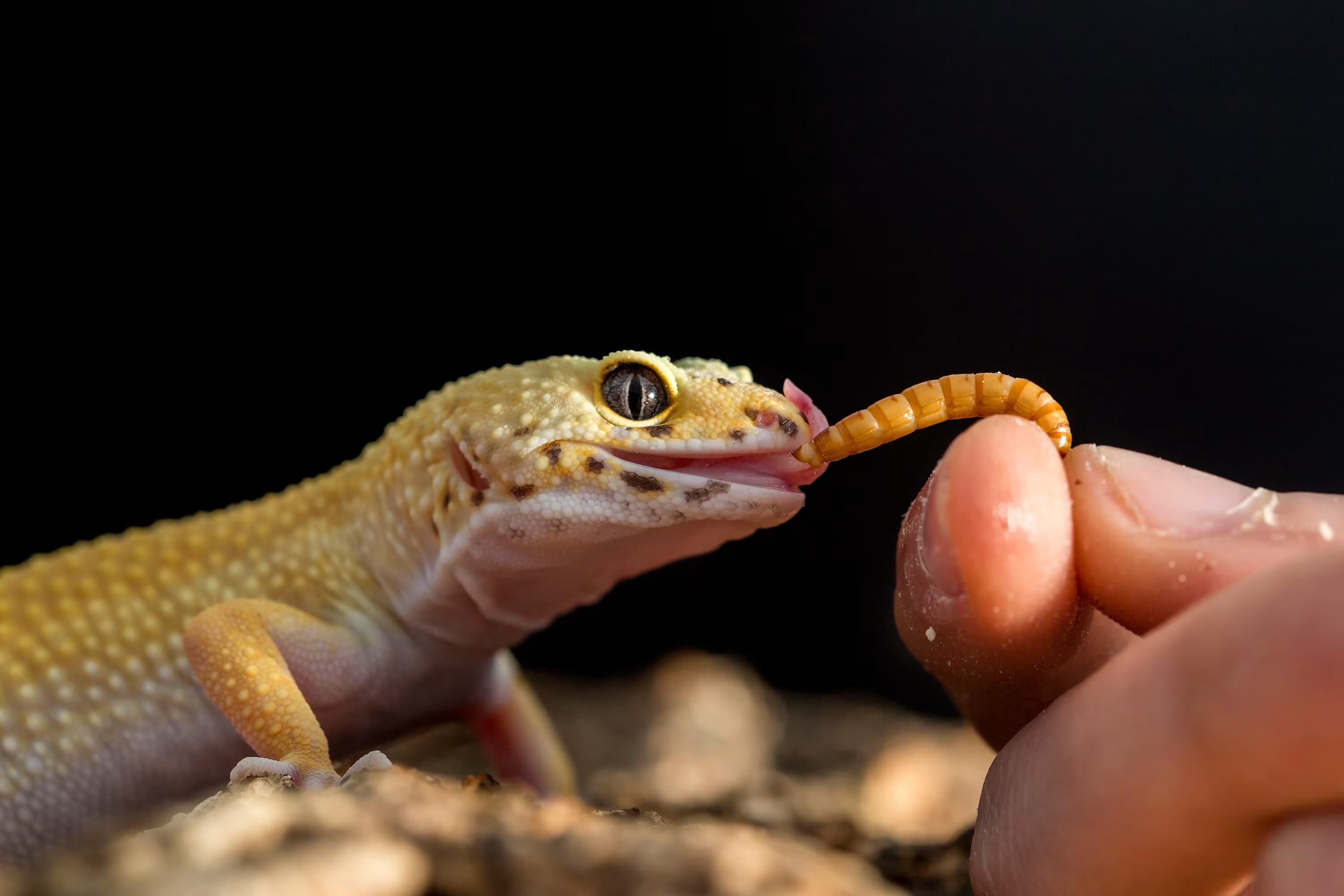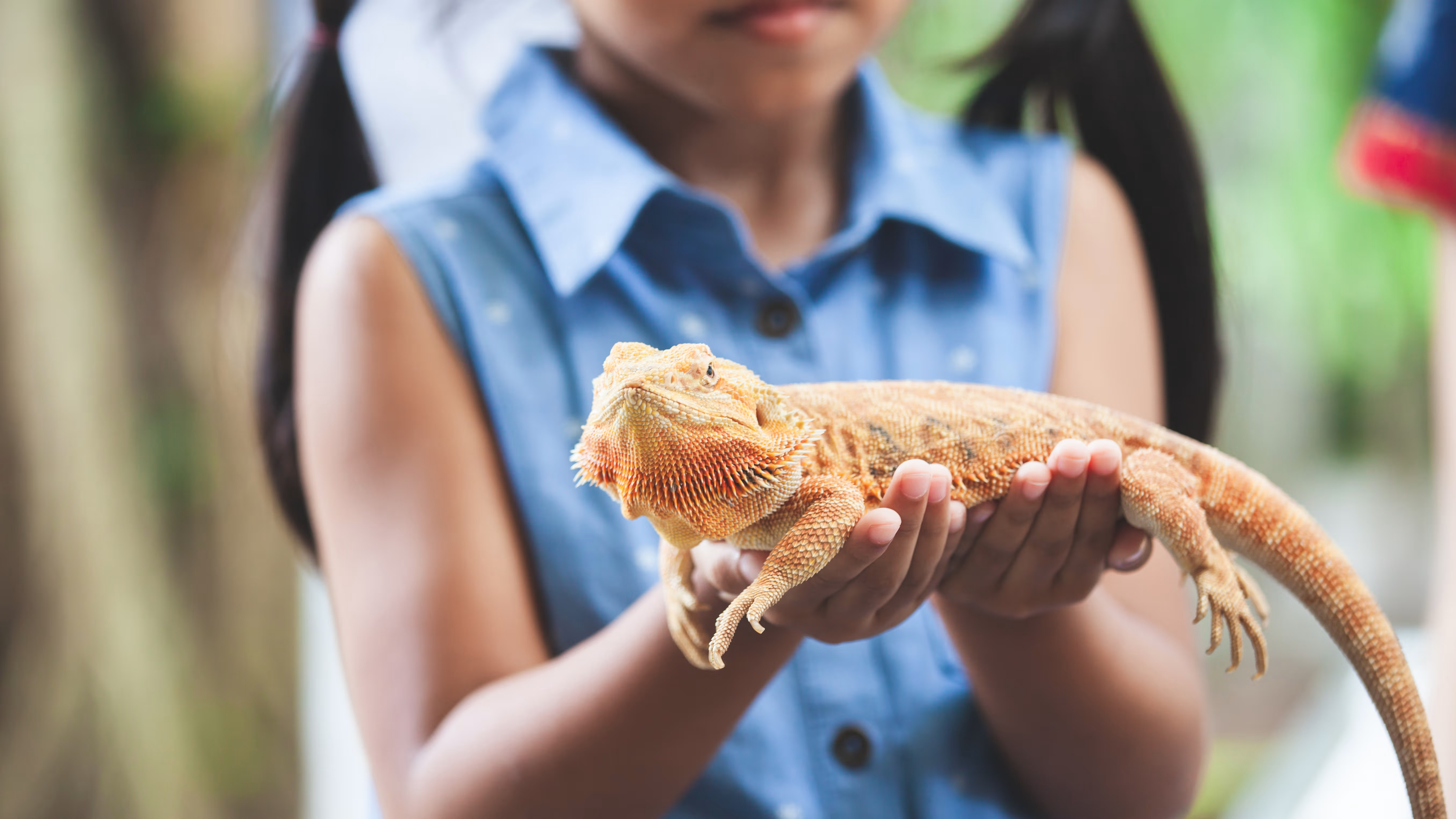Frozen Reptile Food
Get It Today
Frozen Reptile Food
As obligate carnivores, snakes and reptiles often need to eat whole animals to get the right amount of nutrients. Though snakes and reptiles have tried-and-true methods for hunting, subduing and eating prey out in the wild, feeding them as pets requires suitable procedures and best practices—because maintaining the safety of you, your pet and the prey is a top concern. Helping to keep your scaly pets happy means providing them with the highest quality frozen reptile food.
Frequently Asked Questions
-
The best selling frozen reptile food brands include:
-
In most cases, it is usually better to feed snakes and other reptiles frozen—and then thawed—food. If you feed your pet reptile live prey, there may be a risk that the live animal could harm your pet while defending itself. It may also be more humane for the prey, as frozen reptile food is euthanized humanely and doesn’t require much maintenance—only a freezer—between purchase and mealtime. Finally, feeding frozen mice or feeder rats to your pet ensures that there are no internal parasites, mites or ticks that may disrupt your snake or reptile’s digestive system.
-
First, thaw the frozen mice to room temperature so that it’s warm, like live prey, for your snake or pet reptile—remember to never microwave frozen snake food. Use feeding tongs to place the mouse in your snake’s tank, wiggling the prey as you place it, or dangling it in front of them, to make the snake thinks that it’s alive. This will make your pet more interested in eating feeder mice.
-
To feed frozen rats to your pet snake or reptile, follow the same process for feeding it frozen mice. Thaw the prey, then place the rat inside the tank using tongs or forceps.

